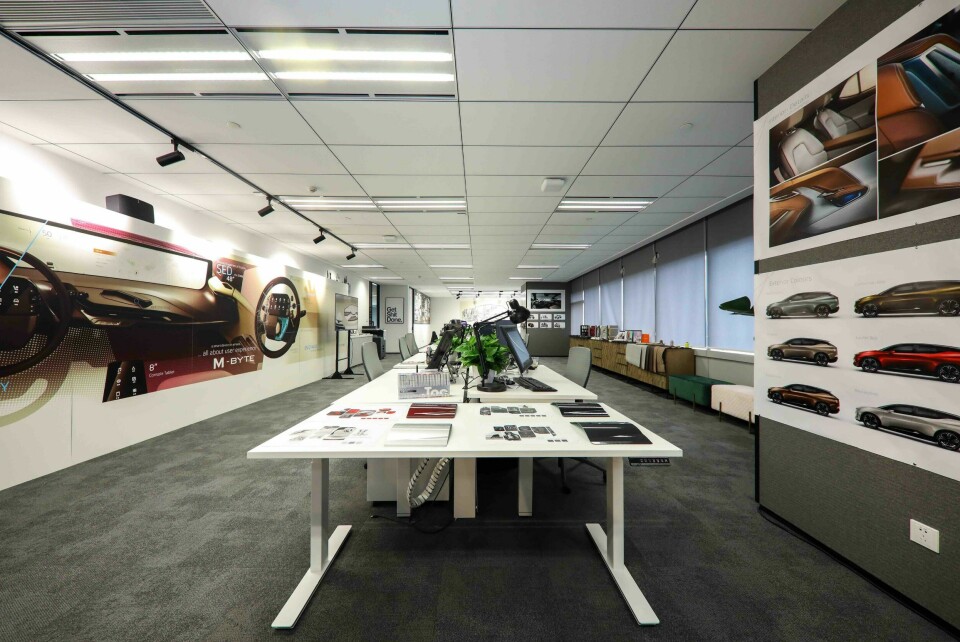
How to be a car designer part 6: The internship
You have bagged an internship in a car design studio. Now you need to make the most of it
How to be a car designer Part 1: Turning passion into a profession
-
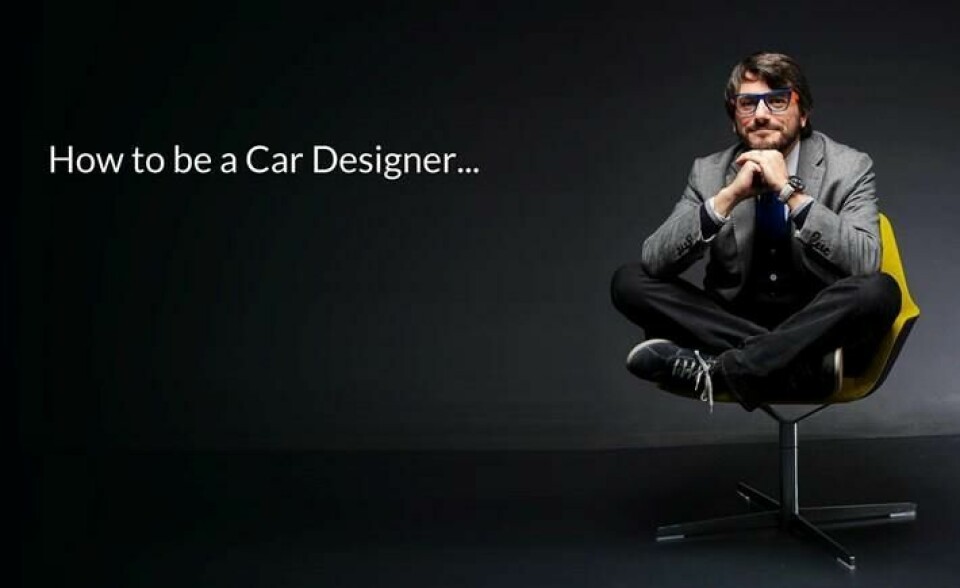
How to be a car designer Part 1: Turning passion into a profession
-
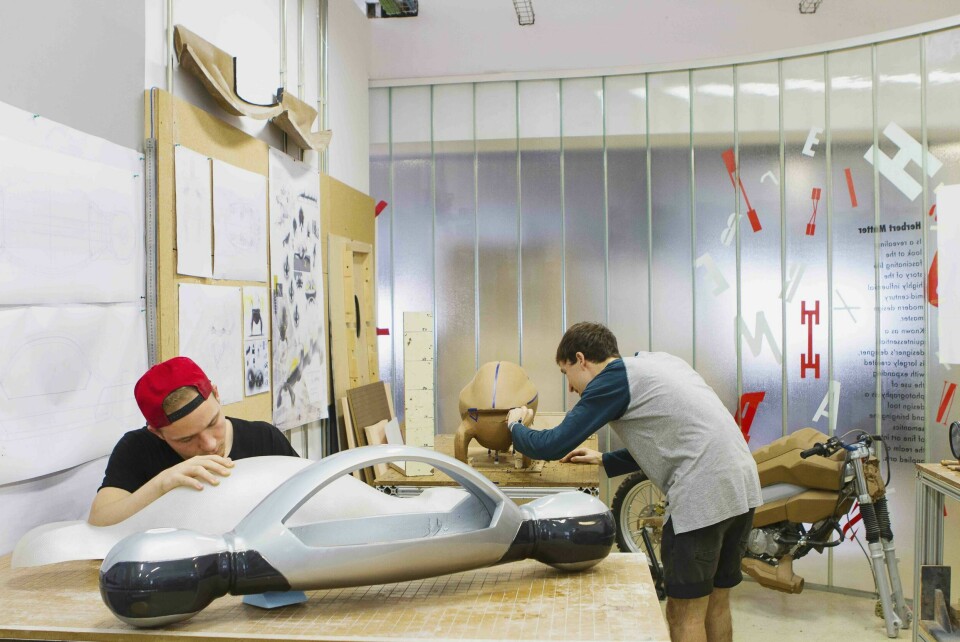
How to be a car designer part 2: Starting design school
-
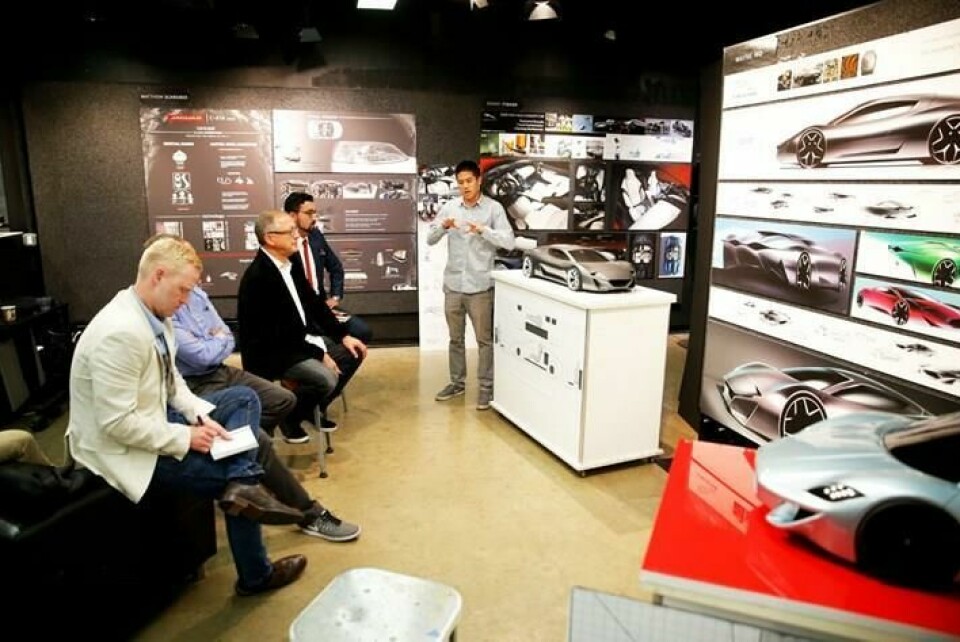
How to be a car designer part 3: Going to design school
-
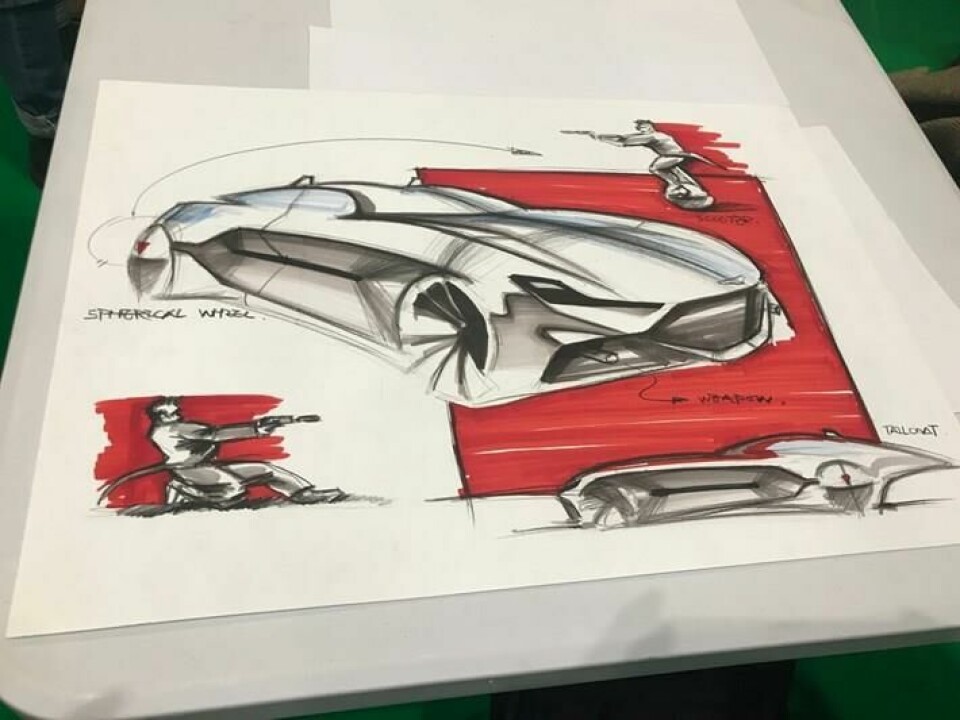
How to be a car designer Pt4: Your portfolio
-
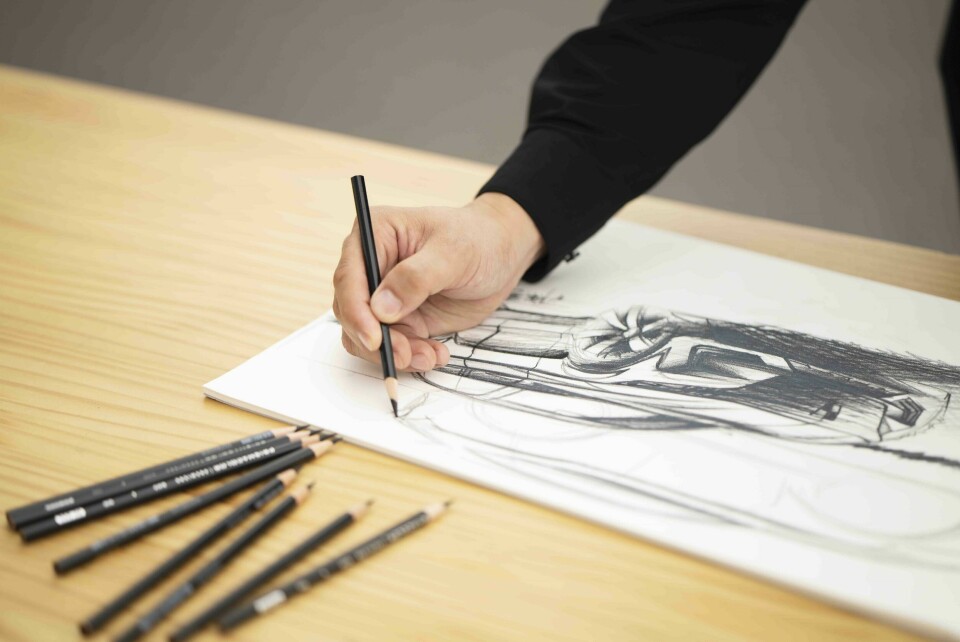
How to be a car designer Pt5: The (job) interview
-

How to be a car designer part 6: The internship
-
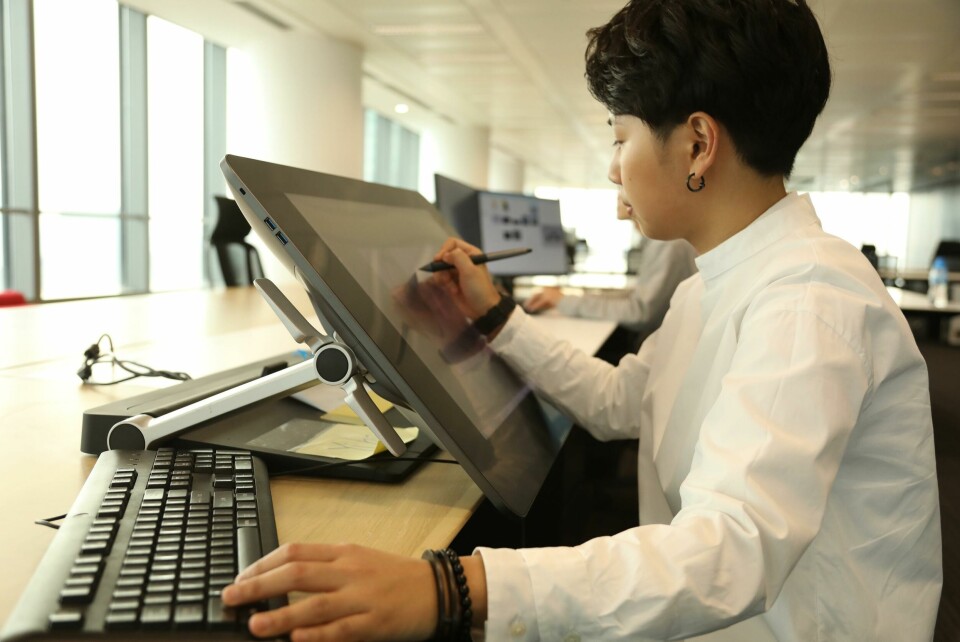
How to be a car designer Pt7: Just got hired, the adventure begins…
Key to enhancing your time when studying design is undertaking an internship, giving you valuable work experience in a real-life design studio. It’s an essential part of the process, but you will only be eligible for one if you are dedicated to studying a lot and work hard to improve your skills.
By the time you’re ready for an internship – usually at around the halfway point in your course – your portfolio should be in pretty good shape, as we’ve covered in previous features. Obviously, the harder you work, the better and more comprehensive your portfolio is likely to be, so don’t waste your time and keep focused on your target!
The internship is a two-way process too. At Renault’s LCI Design studio, the objective of the internship programme is to enhance the design team’s experience by introducing them to talented students. The studio team is briefed to share their experience with interns, and in return is encouraged to be inspired by their creativity and fresh ideas.
The internship experience
So how do you go about making sure your internship is a success? The internship should give you the opportunity to show your talent, your design skills, your ability to work as part of a team, and your positive attitude, within a professional design environment. In return, the company will also receive your creativity and ideas, your help, your respect, and your availability to work for the team.
As you undertake your internship, don’t forget that it’s not just your design skills that are being observed – it’s everything, from your attitude when you walk in the door for the first time, to how you think through problems and how well you work with everyone you encounter, from reception staff to design director and everyone in between.
Do not forget that you are still pretty inexperienced at this point, and no-one will be expecting you to get everything right. However, showing that you can learn and adapt from your mistakes straight away is a good way to prove that you are mature enough to be part of the team and capable of taking on tough challenges.
As a result, the experience that you will gain from undertaking internships can be huge. Good interns will be pushed to act just like professional designers, taking early sketches and developing them into final models, working with members of the virtual modelling, 3D milling and painting teams, then being trained to make a full, formal presentation of the idea to the design management, exactly as you would if you were part of the team.
An internship has the potential to be a hugely beneficial part of your design studies. As ever, the key to getting one is working hard, getting your portfolio into shape, and being prepared for the challenge ahead. Making the most of the opportunity is up to you.




